
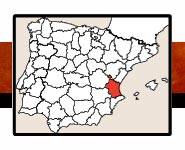

 |
 |
||
 |
|||
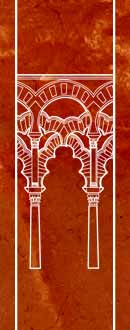 |
(40)/TO-Z/VALE-CanSaf-40.jpg) |
-55/BOOK-cort-40.jpg) |
 |
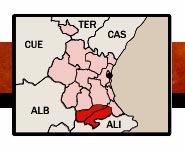 |
||
 |
|||
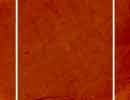 |
ENTRADAS Y HORARIOSEl horario de verano (marzo a octubre) de martes a domingo de 10:00-19:00, el horario de invierno (noviembre a febrero) de martes a domingo de 10:00-18:00; los lunes cierra; la tarifa general es de 2,40, hay entradas reducidas. |
TICKETS AND TIMETABLESummer timetable (March-october) from Tuesday to Sunday from 10 am to 7 pm, the winter timetable (November to February) from Tuesday to Sunday from 10 am to 6 pm; Monday closes; The general rate is € 2,40, there are reduced tickets. |
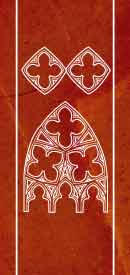 |
ACCESO -CAÑOLESXATIVA: Xativa se encuentra donde se unen la A-35 (que viene de la Meseta), con la CV-40 (que viene de Alicante) y la A-7 (que viene de Valencia), y el castillo se ubica en el cerro que domina la ciudad. MONTESA: Montesa se encuentra en la A-25 entre Almansa y Játiva. El castillo domina todo el pueblo, hay suficiente cartelería para subir al castillo. ACCESO PARA MINUSVÁLIDOSXATIVA: El acceso no es factible para sillas de ruedas. MONTESA: El principal problema es la rampa de acceso y el firme irregular para los usuarios de silla de ruedas. |
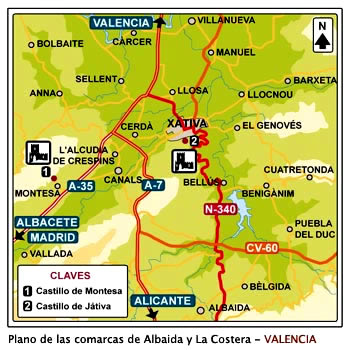 |
LOCATION - CAÑOLESXATIVA: Xativa is located where the A-35 (that coming from the Plateau) join with CV-40 (coming from Alicante) and the A-7 (coming from Valencia). And the castle is located on the hill dominates the city. MONTESA: Montesa is located on the A-25 between Almansa and Játiva. The castle dominates the village, there is enough signage to climb the castle. ACCESS FOR THE HANDICAPPEDXATIVA: The access is not possible for wheelchairs. MONTESA: The main problem is the access ramp and the irregular surface for wheelchair users. |
||||
 |
 |
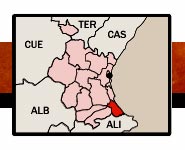 |
||
 |
|||
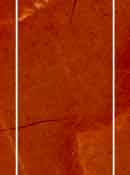 |
ACCESODesde Alicante y Valencia por la AP-7 o la N-332 se accede a Oliva. Desde la calle principal (N-332) puede seguirse la ruta calle del Conde de Oliva, calle de los ladrillares (Rajolars), calle Senda dels Lladres y calle Juan Ramón Jiménez, dejar el coche y ascender el cerro. ACCESO PARA MINUSVÁLIDOSAcceso no factible para sillas de ruedas. |
LOCATIONFrom Alivante and Valencia by AP-7 or N-332, you can access to Oliva. From the main street (N-332), follow the route Conde de Oliva Street, Los ladrillares (Rajolars) street, Senda dels Lladres street and Juan Ramón Jiménez Street, leave the car and ascend the hill. ACCESS FOR THE HANDICAPPEDAccess not possible for wheelchairs. |